| Book Name: | [PDF] Molecular Orbitals of Transition Metal Complexes by Yves Jean |
| Category: | Inorganic Chemistry |
| Free Download: | Available |
Molecular Orbitals of Transition Metal Complexes by Yves Jean :: This book starts from the most elementary ideas of molecular orbital theory, and it leads the reader progressively towards an understanding of the electronic structure, of the molecular geometry and, in some cases, the reactivity of transition metal complexes. The use of simple notions, such as symmetry, overlap, and electronegativity, allows a qualitative method of analysis of the electronic structure of complexes, and of the properties which follow from it such as geometry or reactivity, to be developed. Qualitative in the sense that, for example, it enables us to understand why the structure of a particular complex is tetrahedral rather than planar, without being able to provide a reliable numerical value of the energy difference between these two structures. The quantitative level can be attained elsewhere—as is now standard practice in our laboratories—by more accurate methods such as ab initio or density functional theories. But to interpret the results provided by more complex calculations, it is often necessary to return to the fundamental notions of symmetry, overlap, and electronegativity. The qualitative approach used here is mainly based on the analysis of orbital interactions (atomic or molecular). Its application to transition metal complexes developed rapidly from about 1975, the leading exponent being Roald Hoffmann, winner of the Nobel prize for chemistry in 1981 with Kenichi Fukui. As a result, many experimental results can be rationalized, that is to say understood, on the basis of analyses and using a language that are accessible to every chemist. A colleague, Marc Bénard, spoke in the introduction to one of his lectures of the prodigious decade 1975–85 . Moreover, it has been possible to apply this approach to all of chemistry (organic, inorganic, organometallic, and the solid state), which is one of its strongest points. These are no doubt the main reasons for its success which has spread far beyond the realm of specialists: as Roald Hoffmann writes in the preface, it is a transferable theory which has marked our time.
It is certainly transferable to students, and the aim of this book is to encourage that process. By learning this method for the theoretical analysis of molecular electronic structure, a method which has so profoundly changed our approach to chemistry, the reader may been couraged to continue his exploration of the methods of quantum chemistry which nowadays are part of all chemical research. In the first chapter, we present the rules for electron counting in transition metal complexes, the different coordination modes adopted by ligands and the essential properties of the orbitals that are involved on the metal and on the ligands. The main ligand fields are studied in the second chapter,wherewe limit ourselves to σ-type interactions between the metal and the ligands. The structure of the d block is established; knowledge of this structure, which is essential for transition metal complexes, enables us to explore the relationships between the electronic configuration of complexes and their geometry. In the third chapter, we study the ways in which the analysis is changed when the ligands have π-type interactions with the metal (both π-donor and π-acceptor ligands). All these ideas are then used in the fourth chapter, which is a series of examples that illustrate how, starting from a knowledge of the orbital structure of complexes, we can understand their geometrical structure and, sometimes, their reactivity. The fifth chapter discusses the ‘isolobal analogy’ which shows how the electronic structures of transition metal complexes and of organic molecules can be related. A bridge is thus constructed between these two areas of chemistry that allows us to understand several resemblances (in particular, concerning structures) between species that appear to be very different. The last chapter contains a presentation of basic Group Theory, with applications to some of the complexes studied in the earlier chapters. This chapter is placed at the end of the book so as not to disrupt the flow of the more chemical aspects of the presentation, but the reader may consult it, if necessary, as and when reference is made to it in the book.
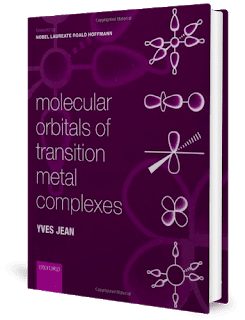
Molecular Orbitals of Transition Metal Complexes by Yves Jean
| Title: | Molecular Orbitals of Transition Metal Complexes |
| Editor: | Yves Jean |
| Edition: | 1st |
| Publisher: | Oxford University Press |
| Length: | 313 pages |
| Size: | 11.3 MB |
| Language: | English |
Molecular orbitals of transition metal complexes
Author(s): Yves Jean, Colin Marsden
Publisher: Oxford University Press, Year: 2005
ISBN: 0198530935
[PDF] Molecular Orbitals of Transition Metal Complexes by Yves Jean Table Of Contents
Foreword
Acknowledgements
Contents
Introduction
Chapter 6: Elements of group theory and applications
Chapter 1: Setting the scene
Chapter 2: Principal ligand fields: σ interactions
Chapter 3: π-type interactions
Chapter 4: Applications
Chapter 5: The isolobal analogy
Chapter 6: Elements of group theory and applications
Bibliography
Index



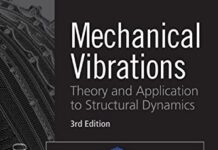


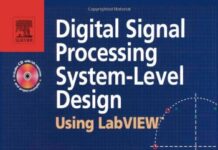
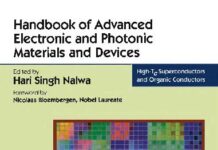

![[PDF] Draw Buildings and Cities in 15 Minutes Draw Buildings and Cities in 15 Minutes pdf](https://www.freepdfbook.com/wp-content/uploads/2021/06/Draw-Buildings-and-Cities-in-15-Minutes-218x150.jpg)



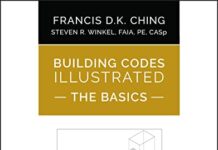




![[PDF] Digital Image Processing An Algorithmic Introduction Using Java Digital Image Processing An Algorithmic Introduction Using Java](https://www.freepdfbook.com/wp-content/uploads/2022/06/Digital-Image-Processing-An-Algorithmic-Introduction-Using-Java.jpg)
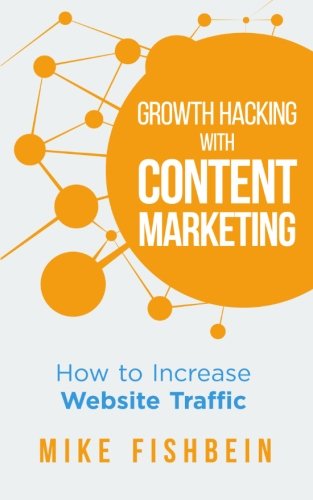


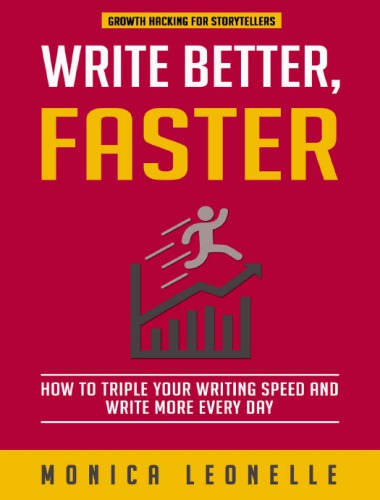
![[PDF] 43 Years JEE ADVANCED + JEE MAIN Chapterwise & Topicwise Solved Papers 43 Years JEE ADVANCED (1978-2020) + JEE MAIN Chapterwise & Topicwise Solved Papers Physics PDF](https://www.freepdfbook.com/wp-content/uploads/2022/03/43-Years-JEE-ADVANCED-1978-2020.jpg)

![[PDF] Problems in Physical Chemistry for JEE (Main & Advanced) Problems in Physical Chemistry for JEE (Main & Advanced) Free PDF Book Download](https://www.freepdfbook.com/wp-content/uploads/2022/03/Problems-in-Physical-Chemistry-for-JEE-Main-Advanced.jpg)
![[PDF] Engineering Physics (McGraw Hill)](https://www.freepdfbook.com/wp-content/uploads/2021/05/bafc8c2685bb6823a9c56134f7fba5df.jpeg)
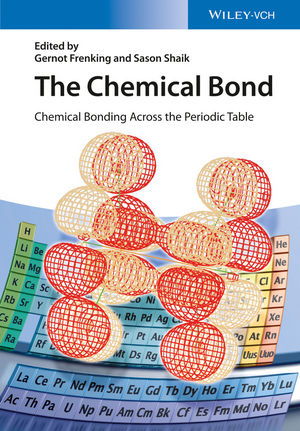
![[PDF] Engineering Chemistry By Shashi Chawla](https://www.freepdfbook.com/wp-content/uploads/2022/05/Theory-And-Practicals-of-Engineering-Chemistry-By-Shashi-Chawla-free-pdf-book.jpeg)
![[PDF] Chemistry: An Introduction to Organic, Inorganic & Physical Chemistry Chemistry: An Introduction to Organic, Inorganic & Physical Chemistry](https://www.freepdfbook.com/wp-content/uploads/2022/04/Chemistry-An-Introduction-to-Organic-Inorganic-Physical-Chemistry.jpg)
![[PDF] Essentials of Physical Chemistry Essentials of Physical Chemistry Free PDF Book by Bahl](https://www.freepdfbook.com/wp-content/uploads/2022/04/Essentials-of-Physical-Chemistry-bahl.jpg)
![[PDF] Biological control of plant-parasitic nematodes: soil ecosystem management in sustainable agriculture Biological control of plant-parasitic nematodes: soil ecosystem management in sustainable agriculture](https://www.freepdfbook.com/wp-content/uploads/2022/05/Biological-control-of-plant-parasitic-nematodes-soil-ecosystem-management-in-sustainable-agriculture.jpg)
![[PDF] Human Anatomy: Color Atlas and Textbook Human Anatomy: Color Atlas and Textbook Free PDF Book](https://www.freepdfbook.com/wp-content/uploads/2022/05/Human-Anatomy-Color-Atlas-and-Textbook.jpg)
![[PDF] Concepts of Biology Book [Free Download]](https://www.freepdfbook.com/wp-content/uploads/2022/05/Concepts-of-Biology.jpg)
![[PDF] Essentials of Biology [Free Download] Essentials of Biology Free PDF BOok Download](https://www.freepdfbook.com/wp-content/uploads/2022/05/Essentials-of-Biology-Free-PDF-Book-Downlaod.jpg)
![[PDF] Human Biology Book [Free Download]](https://www.freepdfbook.com/wp-content/uploads/2022/05/PDF-Human-Biology-Book-Free-Download.jpg)